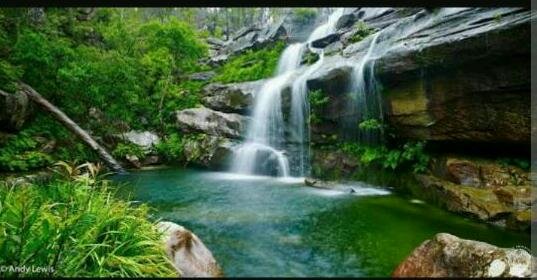mudgee hunter said:Where are you located mate?
Central Victoria mudgee hunter .
Cheers
goldrat

mudgee hunter said:Where are you located mate?
deep river/quarry gravels?Bluecurrant said:Thanks for the info. i didnt know these machines existed. After reading a bit about them and the prices. The blue bowl or millers table are in my price range. Most of the gold in the pan is very small. you can only see it when its wet in the pan. Theres a about twenty specs in each pan. The millers table, from various reviews said that was the best at getting the finest gold. Is there much difference between the blue bowl or millers table. Which one would be the fastest to classify the cons.
awesome, try running some over v-rib with low flow and low angle to start, play ,learn, enjoyBluecurrant said:Im using a walbanker. And panning the cons from it. This was my first outing with the banker, only used it for a hour. When i panned the cons i found a few peices, then i repanned the cons and keep finding more peices that i had missed. Ive only been panning a few times. And it shows what I've been loosing. The place im working is a creek with fine gravel and sand. no black sand or clay. Volcanic baslt about 4 foot down. I think what im picking up is the tailings from the old battery in the bush up stream.
You seem to be struggling a bitOccasional_panner said:Or blue bowl
If I don't get 10 likes on that I'm gunna get bloody cranky
xcvator said:You seem to be struggling a bitOccasional_panner said:Or blue bowl
If I don't get 10 likes on that I'm gunna get bloody cranky

Enter your email address to join: